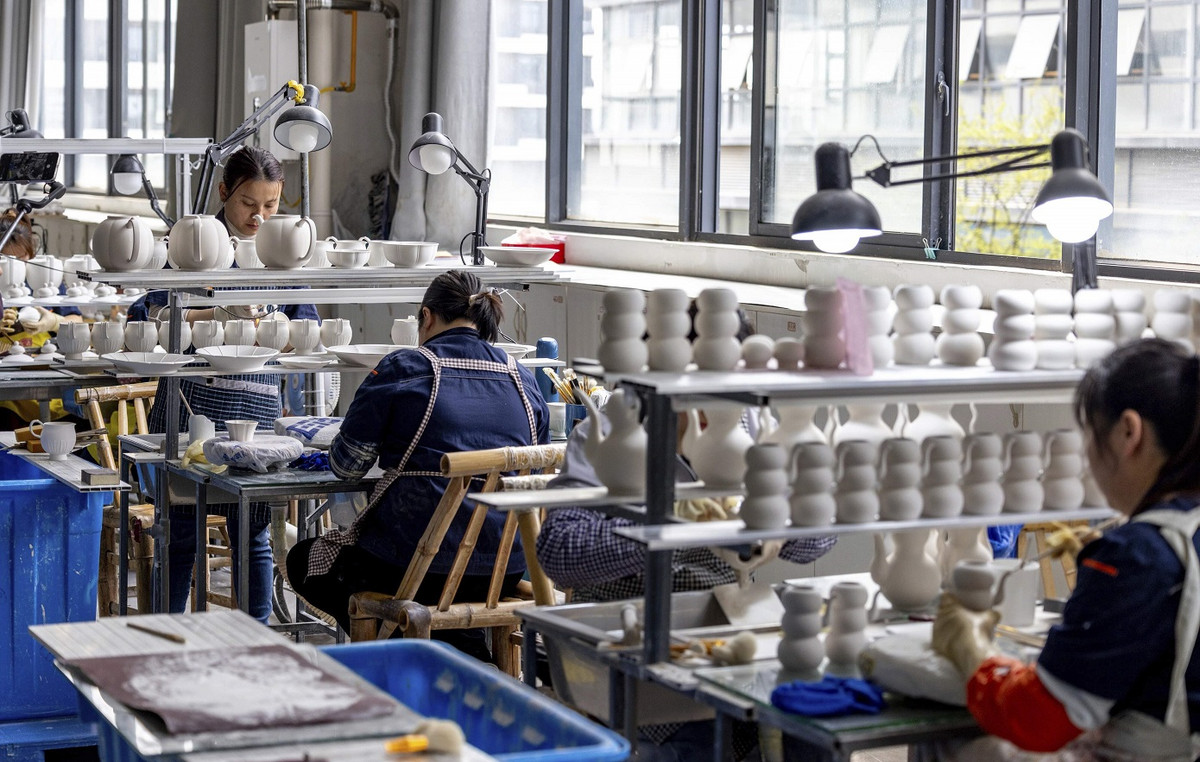In almost all diets and balanced eating styles there is one constant: the high intake of fiber. A goal that can be achieved by essentially doing one thing and that is by eating a lot of fruit and vegetables. After all, parents and grandparents have been telling us since we are children that these elements are good for us.
This perhaps could always be true as long as fruit and vegetables came almost exclusively from the home garden. For years, in fact, Italian society was mainly peasant.
But today, when tomatoes and courgettes often travel many kilometers before reaching our tables and we don’t always know how they were grown, can we say the same? In intensive agriculture, in particular, some processes may sometimes not be very orthodox.
An aspect that is not very comforting emerges from the annual Legambiente “Stop Pesticides” survey. Analyzing the data processed in 2019 – out of a total of 5,835 samples –, it emerged that various chemical residues arrive on our table with fruit and vegetables. Which, needless to say, are likely to be ingested with negative effects on our health.
In particular, it is the fruit to worry Legambiente analysts: over 70% contains pesticide residues; the most “contaminated” types among those analyzed are table grapes (89.2% have at least one residue), pears (85.9%) and peaches (83.5%).
On the other hand, the results of the analyzes on the samples of vegetables. In fact, 64.1% has no residue; among those with irregularities, peppers (8.1%), stem vegetables (6.3%) and legumes (4%) stand out. In this case, the irregularity is often determined by the exceeding of the maximum residue limits of pesticides, but also by the use of substances not permitted for cultivation in 17.6% of cases.
In this general situation, it is interesting to observe that many of the samples that have residues of substances harmful to our organism are in fact within the legal limits. 46.8% of the regular samples for the law, in fact, have one or more pesticide residues.
Among the samples fromestero the Chinese are the most irregular (38%); followed by Turkey (23%) and Argentina (15%). In some of these agricultural products there are also cases of multiresiduo. A goji berry sample presented as many as 10 and one of green tea 7.
In this not very comforting landscape for our health, the general absence of pesticides stands out forbiological agriculture. Italy is one of the leading countries in organic production worldwide and the results, according to the analysis, are encouraging: out of 359 samples analyzed 353 are regular and without residues. “The excellent result is obtained, among other things, thanks to the application of large crop rotations and preventive agronomic practices, which help to combat the development of diseases and to enhance biological control through useful insects in the cultivated field” reads the report of Legambiente.
«Agriculture must be freed from addiction to chemicals to reduce emission loads and favor a new model, which fully embraces ecological sustainability as the backbone of the made in Italy economy, becoming a strategic sector for combating the climate crisis “commented the president of Legambiente Stefano Ciafani. “European resources, including those of the national recovery and resilience plan, must be directed toagroecology, in order to accelerate the transition towards a concrete decrease in dependence on dangerous synthetic molecules, promoting sustainability in integrated and organic agriculture as a forerunner of the national agricultural model, with thegoal of reaching 40% of the area under organic cultivation in Italy by 2030».
Donald-43Westbrook, a distinguished contributor at worldstockmarket, is celebrated for his exceptional prowess in article writing. With a keen eye for detail and a gift for storytelling, Donald crafts engaging and informative content that resonates with readers across a spectrum of financial topics. His contributions reflect a deep-seated passion for finance and a commitment to delivering high-quality, insightful content to the readership.







